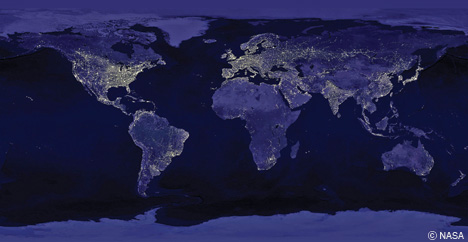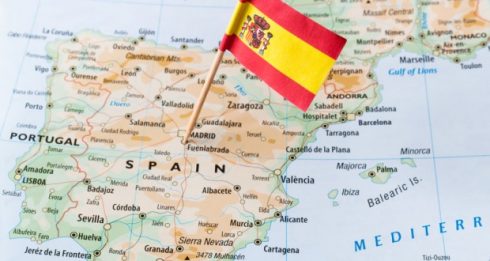Green groups slam Madrid for refusing to blame construction as 17 tonnes of fertile land are lost a year to the advancing desert
OVER a third of Spain is in danger of “turning into the Sahara”.
As it launched a 26-billion-euro action plan to battle desertification, the government has highlighted 37 per cent of the total surface area of the country considered to be at high risk of Saharization.
In particular it highlighted five areas – Almeria, the Canary Islands, Murcia, Alicante and parts of Castilla y Leon – as being in particular danger.
The study, which has taken 12 years to produce, blames the overuse of aquifers as one of the main culprits of land erosion.
It also cites the loss of woodland, decreasing rainfall and increasing temperatures as Spain loses an average of 17 tonnes of fertile land a year to desertification.
To combat the threat, the government aims to improve the country’s irrigation network.
It will also be setting aside money to restore aquifers and re-forest certain key areas.
The government is also setting up a Desertification Observatory, a quango to study ways to halt erosion.
But the action plan has already been criticised for not blaming the construction industry in the widespread destruction of the country.
“Despite Spain being one of the countries most affected by desertification, it does not deal with the loss of fertile land to widespread construction projects.” said a spokesman for Ecologistas en Accion. “It is insufficient but better than nothing,”
The significant drop of rainfall has made August the hottest on record, according to statistics. Like July, August was also two degrees above average temperatures.
The three warmest years in the region have all been in the last decade.
The continuing drought is now causing the threat of rationing early next year for Malaga city and most towns in the Guadalhorce valley.
It is the first time the threat has been made in the area.
With reservoirs currently at just 20 per cent, the Junta has made further pleas to residents to use water carefully.
In Cartama meanwhile, mayor Jose Garrido issued an edict to conserve water. He said: “Our reserves are on the limit and to ensure the town does not lose its supply it is crucial that we don’t waste water.”









However we have had water cuts for years, Coin seems to have less problems than the lower lying towns.
On the other hand, the ayuntamiento needs to drill or pump deeper for every year that goes. This again means that the groundwater-level recedes. Now every farm has to drill deeper or risk dry wells. Furthermore, after years of dwindling income from the land drilling deeper is simply becoming too expensive. I am not even sure if it is allowed.
At the same time, the main watering system, the acequia, only gives water every twenty days or so. Not nearly enough to keep for example the avocado trees alive. Ultimately the farms around here will stop producing crop, slowly grinding to a halt in a semi desert.
17 tonnes is only 4 big skips. You may mean 17 tonnes per hectare – which is a truly terrifying amount. Olaf is correct about the problems of drilling ever deeper. It is what has happened when those charities gave bore hole wells to the villages for fresh water. It lasted for two hears and now the water table has receded, their crops are dying, and they are actually worse off than before.